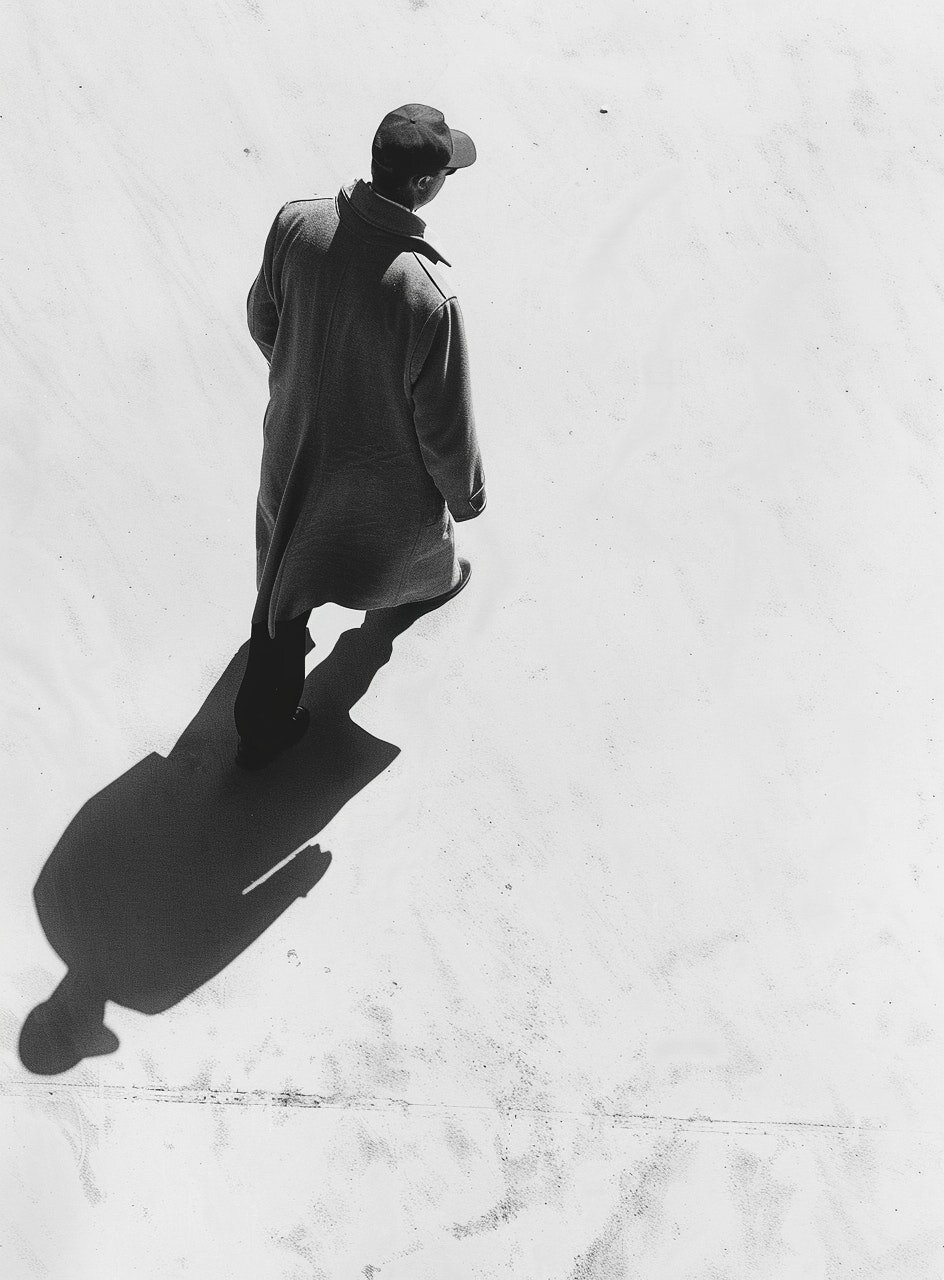Your best employee just spent six weeks training your newest hire. The result? Mediocre service and a frustrated team. Sound familiar?
I see this pattern in almost every service business I consult: endless training cycles that somehow never produce the excellence you’re looking for. You blame the training. You blame the trainees. But you’re solving the wrong problem.
Here’s what I learned scaling my own service business to 1,400 clients across multiple locations: the gap between good service and great service isn’t in your training manual. It’s in your operational design.
Think about your best team member. The one who delivers perfect service every time. What makes them special isn’t that they followed training better than others. It’s that they understand something fundamental about your service that you’ve never documented.
When I work with service businesses now, I see the same mistake: they’re training tasks when they should be designing success paths. They’re teaching steps when they should be building intuition. They’re focused on what when they should be explaining why.
Key Shift Indicators:
- Your best people make it look effortless
- Your new people follow every step but miss the magic
- Training takes longer but results stay inconsistent
- Excellence still depends on natural talent
Last month, a service business came to me frustrated that their new location wasn’t matching their flagship’s quality. Their training was comprehensive. Their team was talented. But something was missing.
The solution wasn’t more training. It was complete operational redesign.
We stopped focusing on teaching procedures and started designing success environments. Instead of task lists, we created decision frameworks. Rather than service scripts, we built experience architectures.
The result? Their new team members started delivering excellent service in half the training time. Client satisfaction scores equalized across locations. And their best people finally stopped burning out from constant training duties.
Here’s your reality check: if your service excellence depends on finding naturally talented people or extensive training periods, you don’t have a training problem – you have a design problem.
The truth about service excellence? It should be the natural outcome of well-designed operations, not the result of heroic effort or exceptional talent.
Start asking yourself:
- Are you documenting what your best people do, or designing systems that create more best people?
- Is your training focused on tasks, or on understanding?
- Are you building expertise, or just enforcing compliance?
Because in service businesses, true excellence isn’t trained – it’s designed.







Comments +